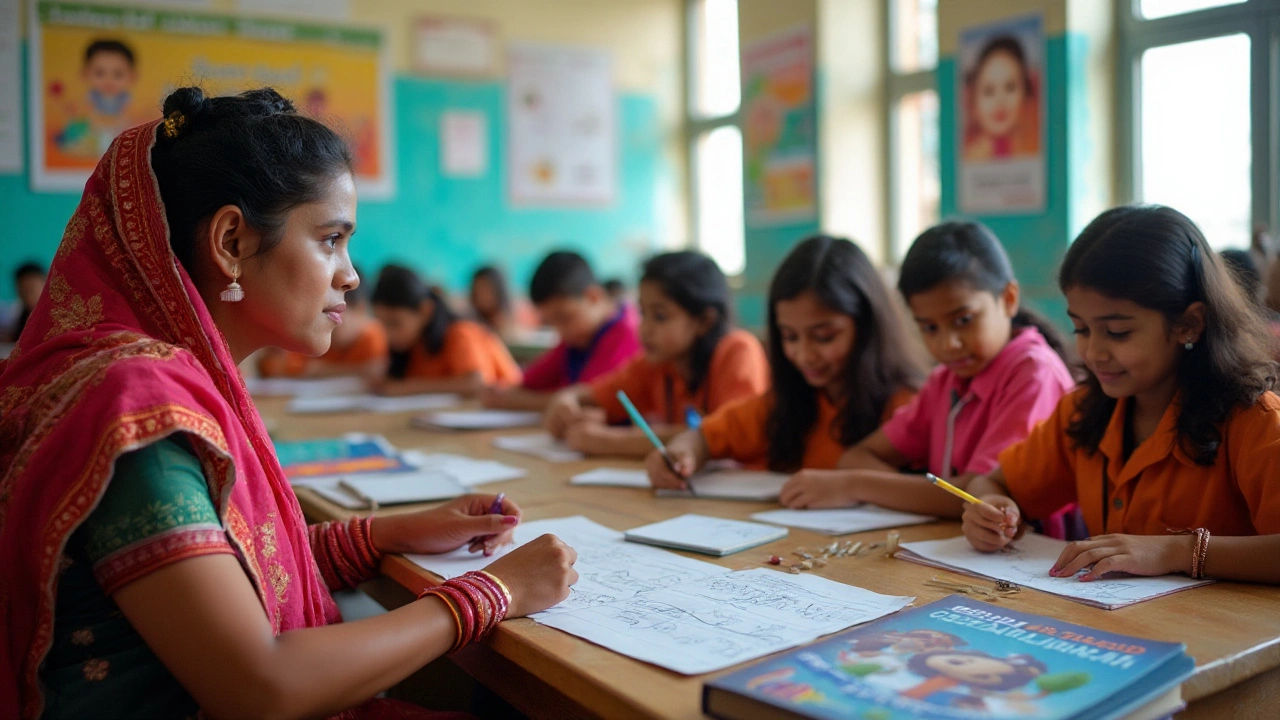
Child Education – Simple Tips, Resources and Trends
When it comes to kids, the right guidance early on makes a huge difference. Whether you’re a parent, a teacher, or just curious, you’ll want ideas you can actually use, not just theory. Below are quick, hands‑on ways to turn everyday moments into learning opportunities.
Why Early Learning Matters
Kids soak up language, numbers and social skills faster than adults ever will. A study by the Indian Council of Educational Research showed that children who get structured play and conversation before age five score higher in reading and math later on. That’s because their brains are wiring connections that last a lifetime. So spending a few minutes each day on reading, counting or problem‑solving can pay off big time.
Hands‑On Resources You Can Use Today
First, grab a set of colorful cards. Use them for flash‑card games, matching, or simple spelling drills. Second, try short video lessons on platforms like YouTube Kids – they’re free and often follow the CBSE syllabus. Third, let your child help with cooking; measuring ingredients teaches fractions without a notebook. Fourth, check out community libraries or school clubs – they often host story‑time sessions that boost listening skills.
Another easy win is using everyday chores as math practice. Ask your child to sort laundry by color, then count each pile. Or let them help with grocery bills: add up prices and compare totals. These real‑world tasks build confidence because kids see the relevance of what they’re learning.
Technology can help, but it shouldn’t dominate. Set a timer for 20‑minute screen sessions and follow up with a hands‑on activity. For example, after watching a short science video, gather household items and try a simple experiment like making a volcano with baking soda and vinegar. The mix of visual input and tactile play locks in concepts better than passive watching.
Don’t forget the power of outdoor play. A park visit can turn into a nature‑hunt where kids collect leaves, identify colors, and count different types of insects. This not only sharpens observation but also encourages curiosity about the environment.
Finally, keep communication open. Ask your child what they enjoyed that day and why. Their answers guide you toward activities they’re naturally drawn to, making learning feel like a game rather than a chore.
By mixing short, focused activities with real‑life applications, you create a learning habit that sticks. Start small, stay consistent, and watch your child’s confidence grow. Happy teaching!
